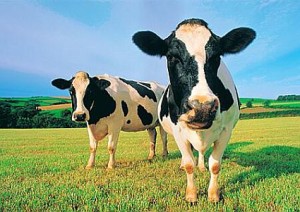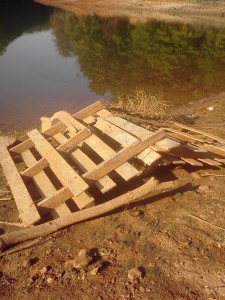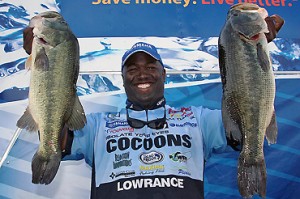Down here in the South, we love frying things! There really is nothing better than frying up a fresh catch and having your buddies over to watch a game and have a beer.
Here’s the problem though—my wife hates when I fry fish in the kitchen. If I want to fry some fish that I’ve brought home, I have to open every window in the house, turn on the fans, and grab a bottle of Febreeze. On top of that, it’s usually a good idea to bring her some flowers and apologize in advance! [Read more…]


